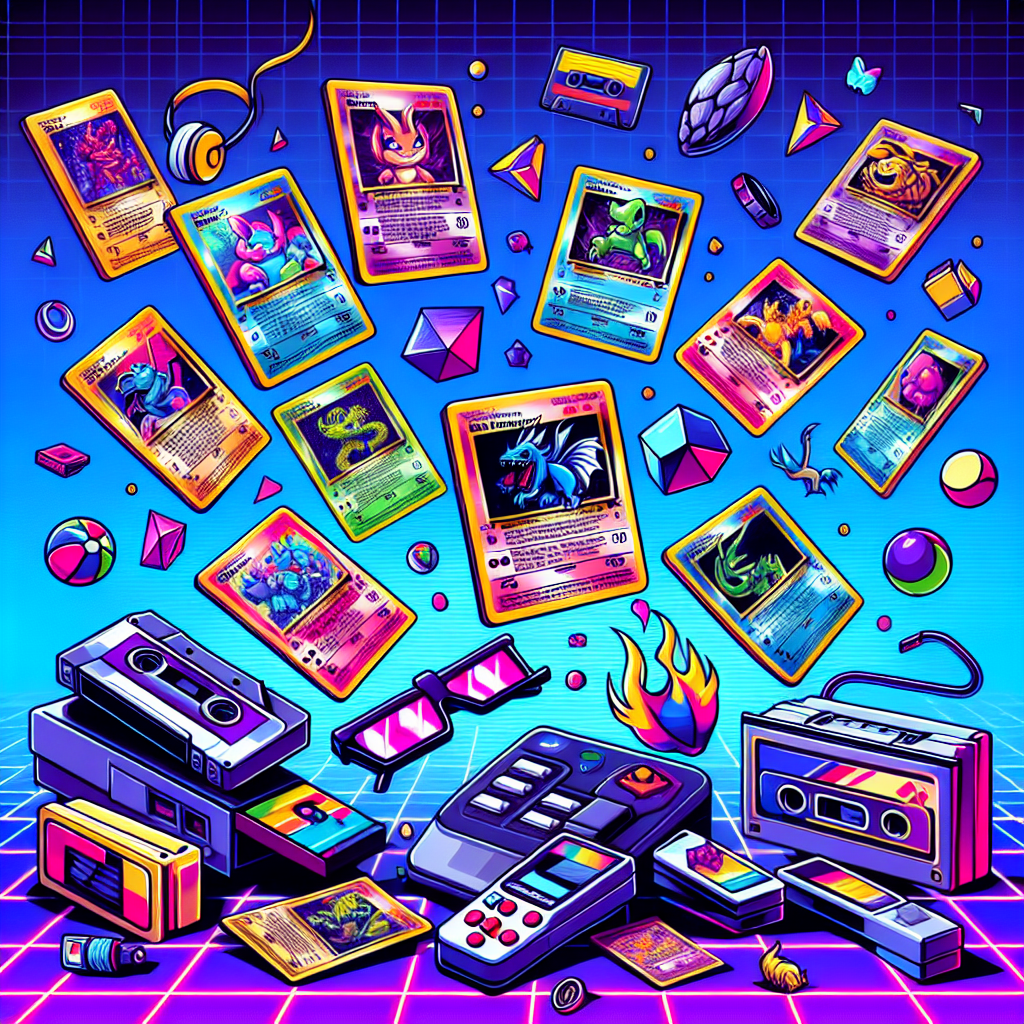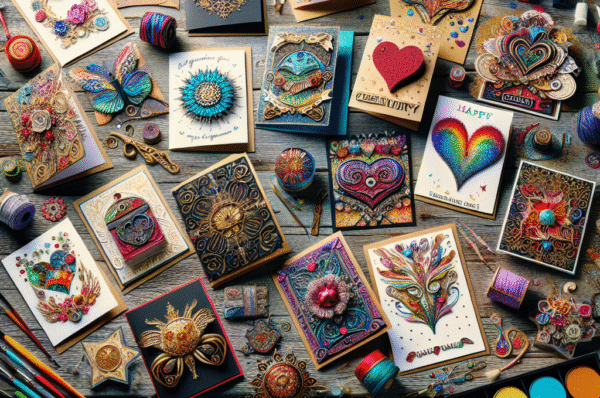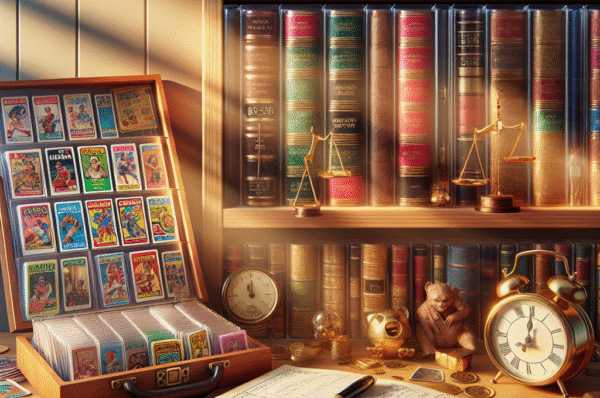In recent years, a remarkable resurgence of interest in trading cards has taken the world by storm, drawing enthusiasts both young and old into the exhilarating world of collectible cards. This revival harkens back to the vibrant trading card culture of the 1990s—a decade that witnessed an explosion of popularity within this unique hobby. From Pokémon to Magic: The Gathering, trading cards provided not only a form of entertainment but also community connection and nostalgia. Join us as we journey back to the 90s to explore the trading card phenomenon and its resurgence in today’s digital age.
The 90s Trading Card Boom
The early ’90s marked a golden era for trading cards, fueled by an unprecedented wave of creativity and innovation. Pokémon cards, which debuted in the United States in 1998, quickly captured the hearts of children and collectors alike. The delightful characters, thrilling gameplay, and the sleek, glossy design contributed to its meteoric rise. Pokémon was more than just a card game; it became a cultural phenomenon that extended into television shows, movies, and countless merchandise.
Meanwhile, Magic: The Gathering, released in 1993, pioneered the concept of trading card games (TCGs). Its strategic gameplay challenged players to build decks, concocting combinations that could outsmart opponents. This created a community of competitive players, fueled by new expansions and tournaments. Other games like Yu-Gi-Oh! and sports trading cards also flourished, attracting kids and teens across the globe.
The allure of rarity and collectibility also fueled this boom. Holographic cards, misprints, and rare editions became coveted treasures, often fetching high prices on the collector’s market. The thrill of opening a pack, not knowing which cards would be included, added to an exhilarating sense of surprise.
The Decline and Digital Transition
As we moved into the early 2000s, the enthusiasm for trading cards began to wane. The market became oversaturated, leading many collectors to lose interest. Video game consoles, the internet, and mobile gaming shifted attention away from physical collectibles. The trading card industry faced significant changes, and many companies struggled to remain relevant.
However, the digital landscape began reshaping the experience of card collecting. Online platforms and mobile apps enabled players to engage with trading card games in new ways. “Magic: The Gathering Arena” and “Hearthstone” offered digital counterparts, catering to a new generation of players who preferred the convenience of online gameplay.
The Resurgence: A New Generation of Collectors
In the last few years, trading cards have witnessed a tremendous renaissance. Multiple factors have contributed to this revival, with social media playing a pivotal role. Platforms like TikTok and Instagram serve as a vibrant marketplace where collectors showcase their rare finds, participate in live breaks, and join communities of enthusiasts. The #CardTok movement has inspired a fresh wave of interest, bridging the gap between nostalgic collectors and curious newcomers.
The COVID-19 pandemic further spurred this growth, as people sought nostalgic hobbies to occupy their time indoors. Trading card sales skyrocketed, with retailers reporting shortages reminiscent of the 90s. Auction sites witnessed astonishing bids for rare cards, with some selling for millions, thus firmly establishing trading cards as serious investments.
Moreover, companies have adapted to modern trends. Special limited-edition releases, collaborations with popular franchises, and the rise of digital collectibles (like NFTs or non-fungible tokens) have attracted a diverse audience. They’ve also catered to nostalgia, appealing to those who grew up in the 90s and want to relive their childhood passion.
Why Trading Cards Matter
Trading cards represent much more than mere collectibles; they evoke a sense of community and camaraderie. The act of trading itself fosters interactions, friendships, and networking opportunities that span across generations. The thrill of hunting for that elusive card can spark joy and excitement, reminding players of a time when every pack opened was a chance to discover something magical.
For many, trading cards serve as gateways to cherished memories. They connect individuals to their childhoods, reflecting a simpler time filled with imagination. The diverse range of cards—from sports icons to fantastical Pokémon—allows collectors to express their passions, making every card a piece of personal history.
Conclusion
The rise of trading cards today is a remarkable fusion of nostalgia and innovation. As the world continues to embrace community and creativity, the warmth of playing with cards will undoubtedly endure. Whether it’s for competitive gameplay, collection, or simple enjoyment, the legacy of trading cards from the ’90s resonates strongly today.
As we move forward, the trading card phenomenon serves as a testament to the enduring joy of play, connection, and collecting, proving that some passions truly never fade. Collecting cards is not just a hobby; it’s a shared experience that continues to bring generations together in the most delightful way. So grab your favorite cards, pull out that binder, and dive back into the nostalgic treasure trove that is the world of trading cards—the journey is just beginning.




